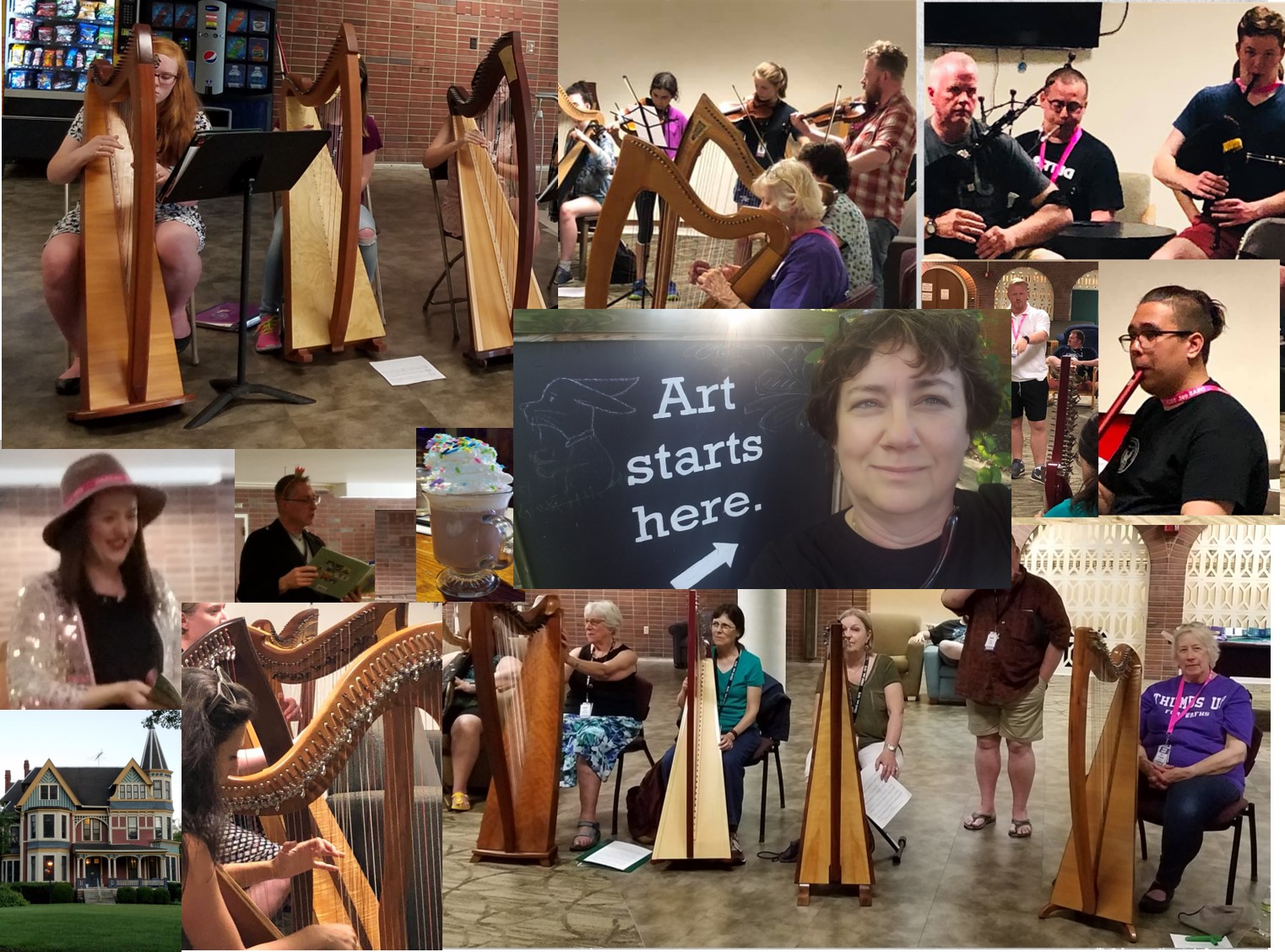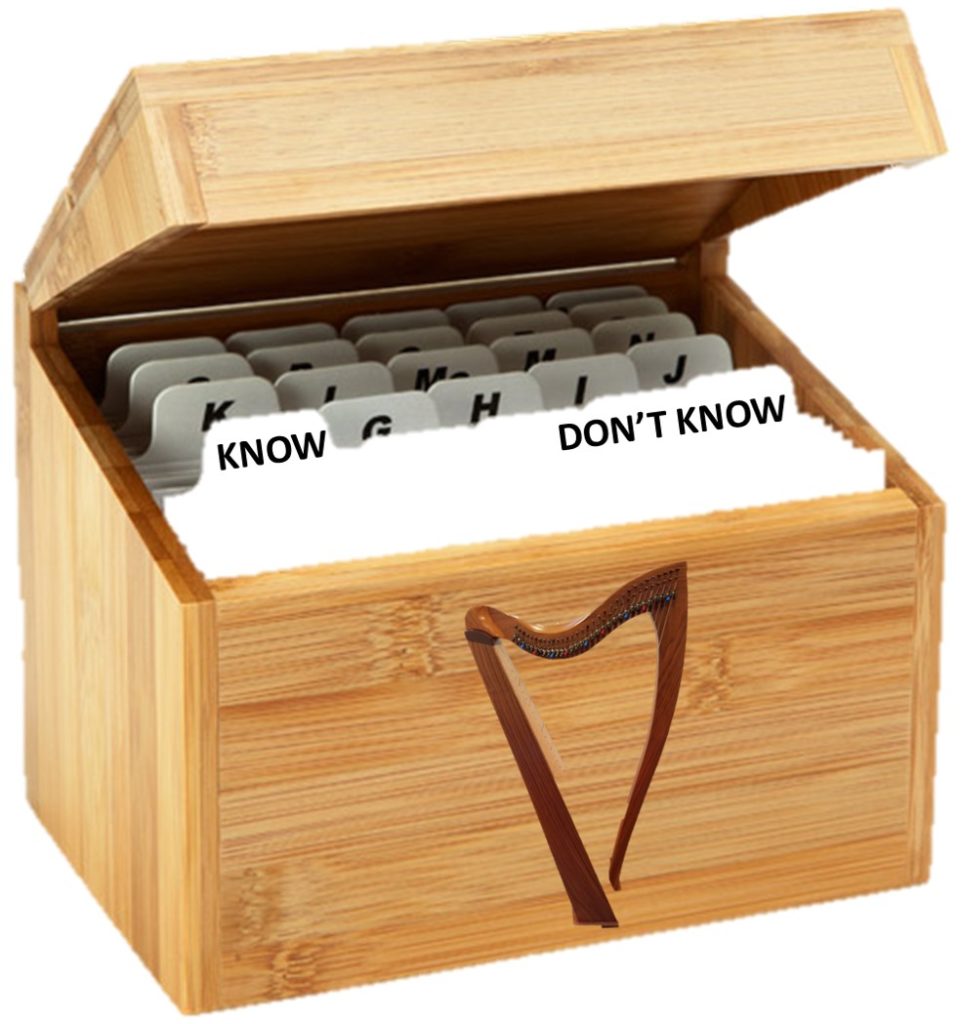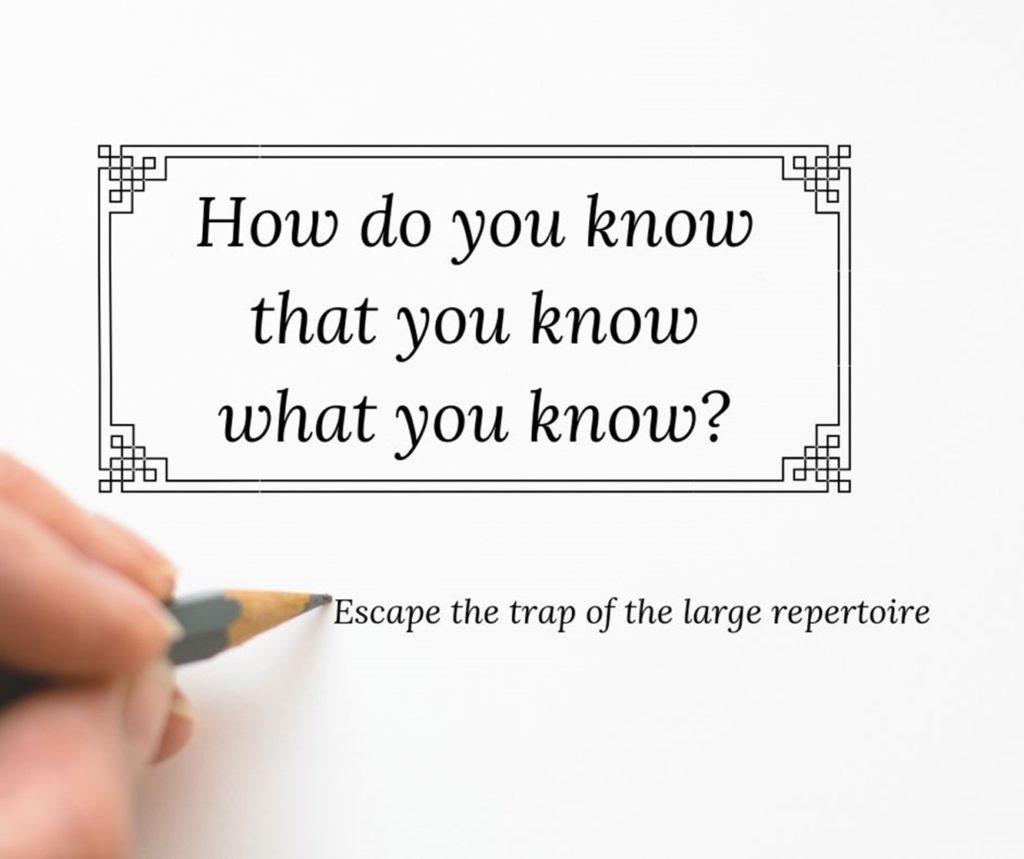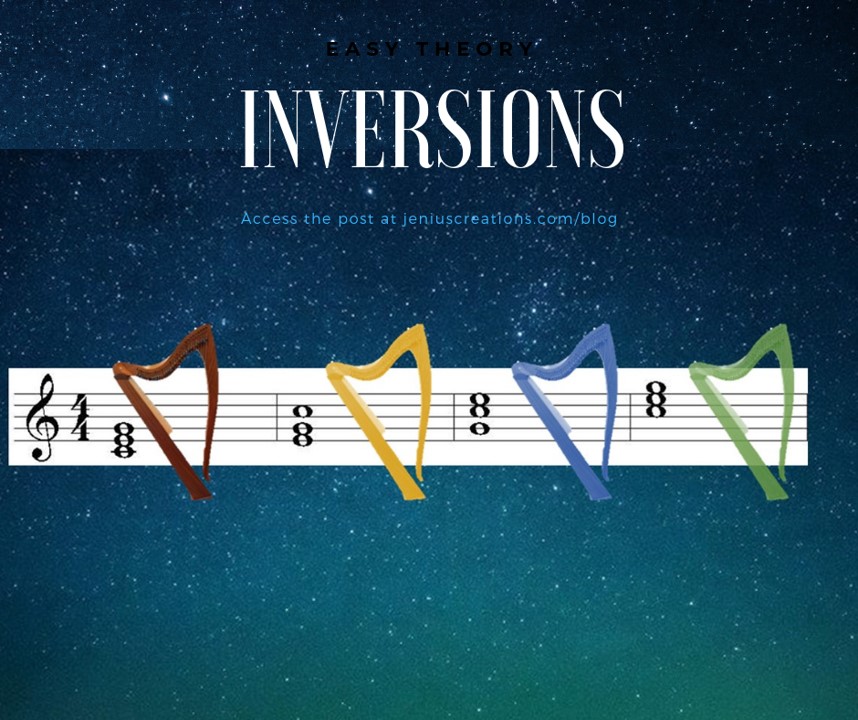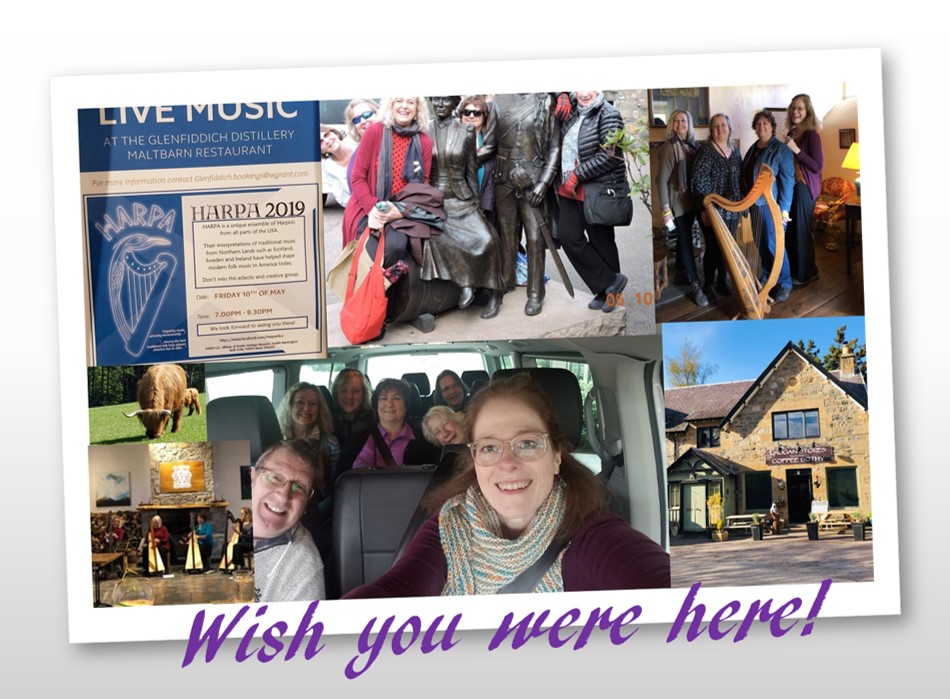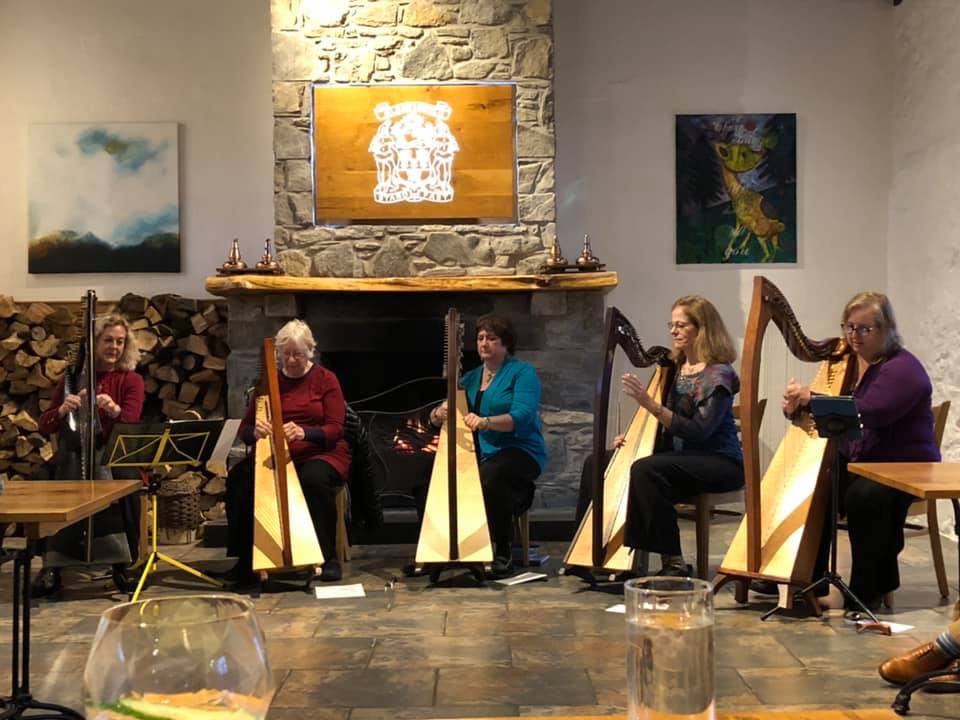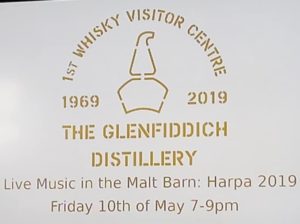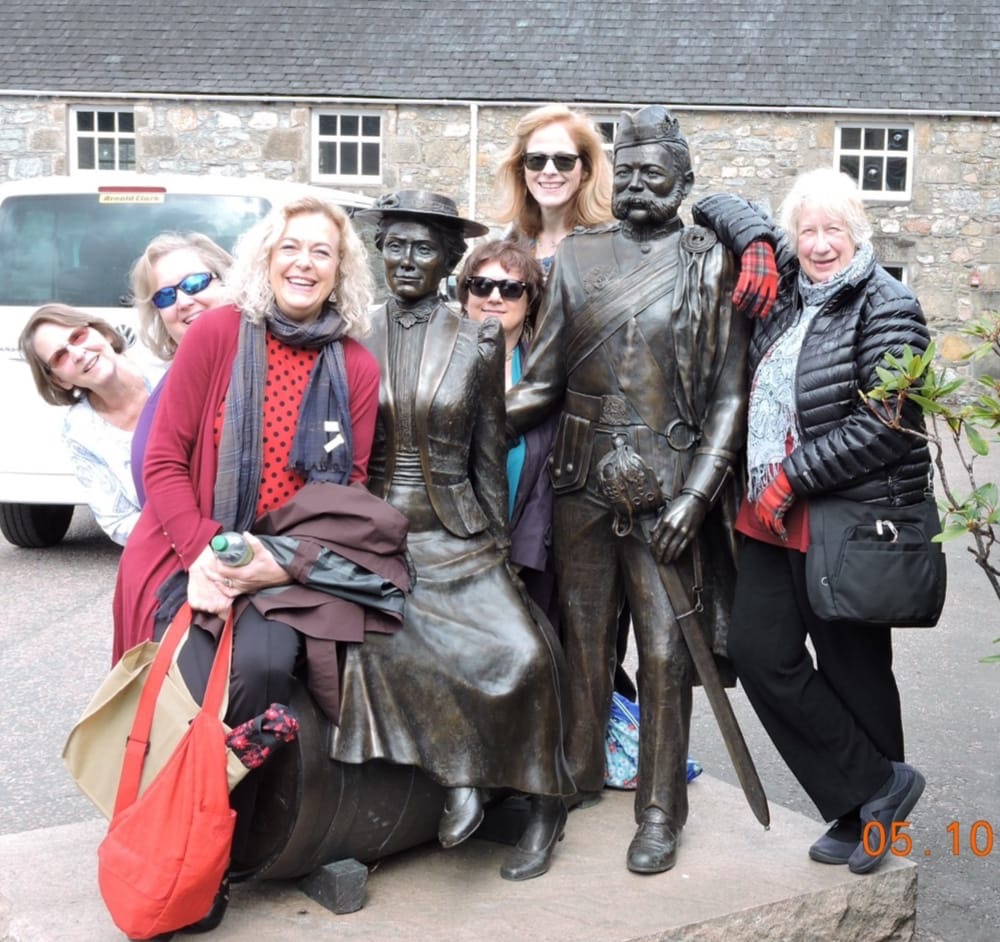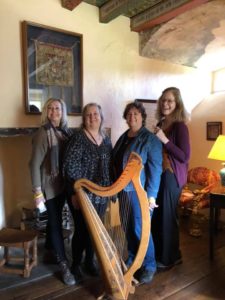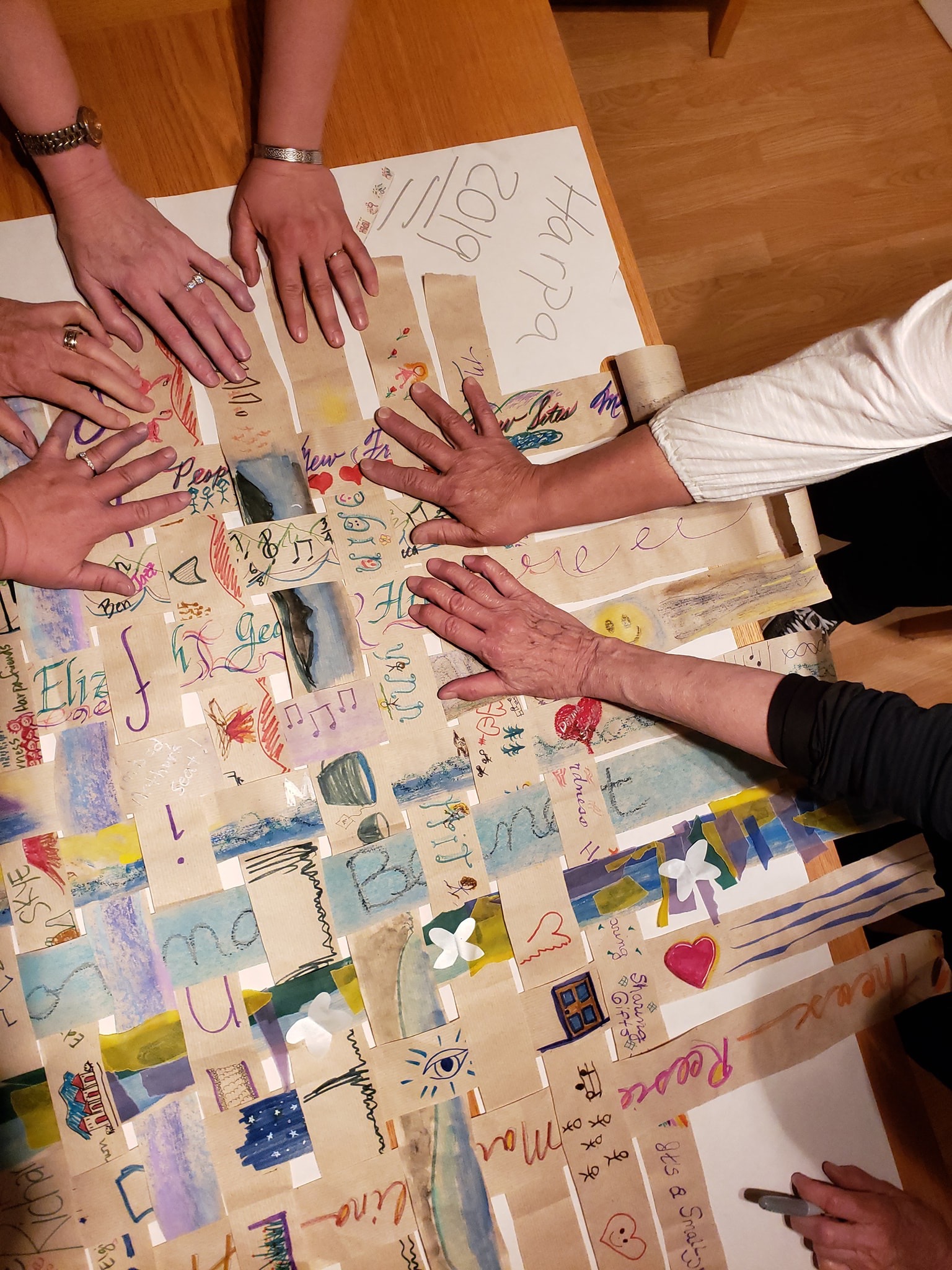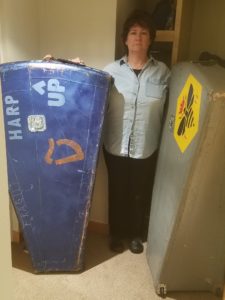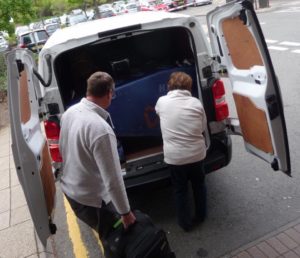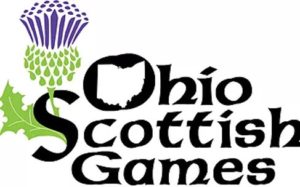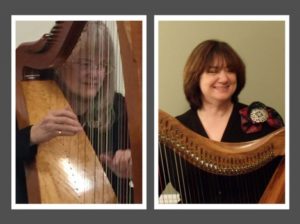I hope you’re planning on participating in the Somerset Folk Harp Festival July 18-21 2019 in Parsippany, NJ. I am so very much looking forward to being there!
The Somerset Folk Harp Festival is (to quote the website), “an amazing 4-day conference celebrating the diversity of music, talent and experience of the folk harp world. Whether you want to focus on one style or type of music, solidify some specific skills, or try out something new, the breadth of this year’s workshop offerings is sure to expand your musical horizon. Our Exhibit Hall is the best harp and music shopping under one roof you’ll find anywhere on the East Coast. Daily concerts will inspire you…”
 That’s pretty succinct – and true. I am looking forward to seeing you there! There’s so much on – it’s hard to get to everything, but I’ll also be at the Scottish Harp Society of America booth in the Exhibit Hall. Stop by and say hello…or even better, introduce yourself!
That’s pretty succinct – and true. I am looking forward to seeing you there! There’s so much on – it’s hard to get to everything, but I’ll also be at the Scottish Harp Society of America booth in the Exhibit Hall. Stop by and say hello…or even better, introduce yourself!
I’ll be teaching two workshops on Friday and they should both be fun and interesting.
Donna Bennett and I will teach Creativity Tools to Improve Practice & Performance at 3:30 in Room 2. This is a hands on, any level, companions welcome workshop. We’ll be sharing skills, tools, and techniques to help bring creativity to your music or teaching. We’ll show you how to actively apply creativity tools and techniques that will improve your personal work processes and your overall approach to harping. With these tools you can prepare projects and gigs and we’ll also give you techniques to help generate better ideas to expand your arrangements and repertoire without adding to your learning load. We are planning some fun learning activities as well as packing in tons of useful content – you will leave with your head full of how to generate new ideas!
Before that, I will be teaching Sounding Scottish at 1:30 in Room 1. This any level workshop is designed to help you take your love of Scottish music and apply it to your own playing. Scotland has captivated people for hundreds of years and inspired composers, artists, and authors. I’ll share specific elements and techniques to help your tunes sound Scottish. I’ll also be sharing tunes to apply and practice those techniques and I’ll use images, video, language, sounds, geography, myths and legends of Scotland as muses to provide inspiration for your own take on the music.
But that’s not all! On Friday night, Donna and I are closing out the day by hosting the Scottish Seisean! We’ll kick off about 10pm in Room 11 and go ’til we’re done. Here’s your chance to trot out all that great music that gets you stared at blankly when you’re in an Irish session. We’ll start slowly so everyone can join in and ramp it up as the evening goes. Come out to play!
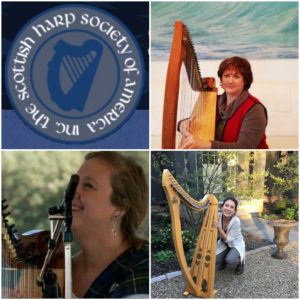 And – on Saturday, Scottish Harp Society of America is proud to present a lunchtime concert at 11:30. Members Donna Bennett, Rachel Clemente and I will be performing – so come see us. Bring a lunch!
And – on Saturday, Scottish Harp Society of America is proud to present a lunchtime concert at 11:30. Members Donna Bennett, Rachel Clemente and I will be performing – so come see us. Bring a lunch!
Can’t wait!
If you haven’t already signed up, you’re too late – the Festival has sold out and you should start planning for next year. However, you can still register for the Sunday add-ons. And you can always come to the Exhibit Hall. If you’re in the market for a harp or if you need more harp kitsch (because you can never have enough of that!) this is the place to be!
Are you coming? If so, let me know in the comments so I can be sure to look for you –
